Best time to upgrade your legacy system
1-Performance Issues
It’s most likely the first thing that makes you think, “Yes, it’s time for a system upgrade.”
Slow systems add to your already high job pressure in this 5G age. We could lose a lot of money if we lose even a minute. Consider how frequently your applications hang when you’re doing a multimillion-dollar transaction. Isn’t it aggravating?
If your system is extremely slow and has been experiencing many bugs while functioning for a long time, it’s safe to assume that it’s time for an upgrade.
Quality concerns can be difficult to resolve and can be addressed by quality management and testing, but if you value your systems’ superior quality, you may need to have them re-engineered for better performance and efficiency.
2-3rd Party Software Support Failure
Dependency isn’t necessarily a negative thing, but if it interferes with your software’s functionality, you should reconsider. Many businesses rely on third-party software to function properly, and they run the danger of falling behind if the vendor fails to provide timely maintenance and upgrades.
Things get much worse if your provider company is forced into an unavoidable predicament, such as a merger or acquisition. They will likely experience a significant shift in their company practices, and the likelihood of their cancelling software support is considerable.
To be honest, this is the time for you to reconsider your service provider.
3-Device Dependent & Immobile Systems
If your program can’t be accessible from anywhere other than the device it’s installed on, you should upgrade it. In today’s highly competitive world, being immobile is simply not an option. Although on-premise software is useful, it lacks the flexibility of a cloud-based system.
In fact, simply learning about corporate mobility strategy can help you improve your organization’s efficiency by a factor of ten. If you can’t develop a full-fledged modernization framework, give your old applications a mobile twist.
4-Incompatibility with the Modern Software
There are numerous integration problems connected with upgrading to SAAS/Cloud.
Compatibility is really important, whether it’s personal or technological. Most old systems are resistant to change and require a number of customizations before new tools can be used effectively. You might want to think twice about spending so much money on them.
Provide that the tools you’re seeking to convert work seamlessly with your old software to ensure a smooth business process.
5-Difficulty in Getting Required Skilled Labor for your Systems
Prior to the much-needed technological growth, software systems necessitated a highly skilled staff capable of handling the complex systems. Hiring such years-trained staff for our legacy systems in today’s time, on the other hand, is like to hunting for water in a desert; it’s doable, but difficult and expensive.
This should be enough to persuade you to upgrade your system. If you hire unskilled employees to fix an outdated system, it may have a negative impact on your company’s efficiency.
6-They No Longer Meet your Requirements
Why would you want to maintain a piece of software in its original state if it no longer fulfils your needs? It may have been a lifesaver in the past, but it’s time to move on or you’ll lose revenue and efficiency. Smartphones are better than typewriters and cordless phones.
7-Nonscalable and Inflexible Systems that are a Hindrance to Business Growth
We would never want to keep a system or software that is rigid, non-scalable, and incapable of keeping up with the ever-changing corporate environment. They may obstruct your progress by preventing you from growing your ROI.
You now have two choices. You can either get rid of them or put them through a legacy modernization process.
8-Weaving Value additions is almost Impossible
As previously stated, legacy programs present the greatest flexibility and adaption problem. Due to an obsolete technology stack or a sophisticated architecture, such systems may refuse to accept any value adds other than their basic functions.
It’s time to consider legacy modernization if your system requires more time and effort to change.
9-Vulnerable to Cyber Security Breaches
To no one’s surprise, cyber intrusions are escalating at an alarming rate. And, more often than not, it is the old and out-of-date systems that fall prey to the hacker’s trap. Old encryption techniques are no longer effective in protecting your systems, and finding new security updates for them may be challenging.
10.High Operating & Maintenance Costs
All of the preceding reasons demonstrate how costly it can be to preserve legacy systems in their current state. When you factor in maintenance and operational expenditures, the game becomes much more difficult.
To put it another way, if you’re having trouble operating your programme and maintaining it working at all times, you should consider legacy system modernisation.
It goes without saying that running a business on out-of-date legacy technology will get you nowhere. They don’t add much to the bottom line and even take up valuable office space for no reason. As a result, legacy system modernization is an essential aspect of any business. If you do it right, you’ll be able to effectively manage company risks.


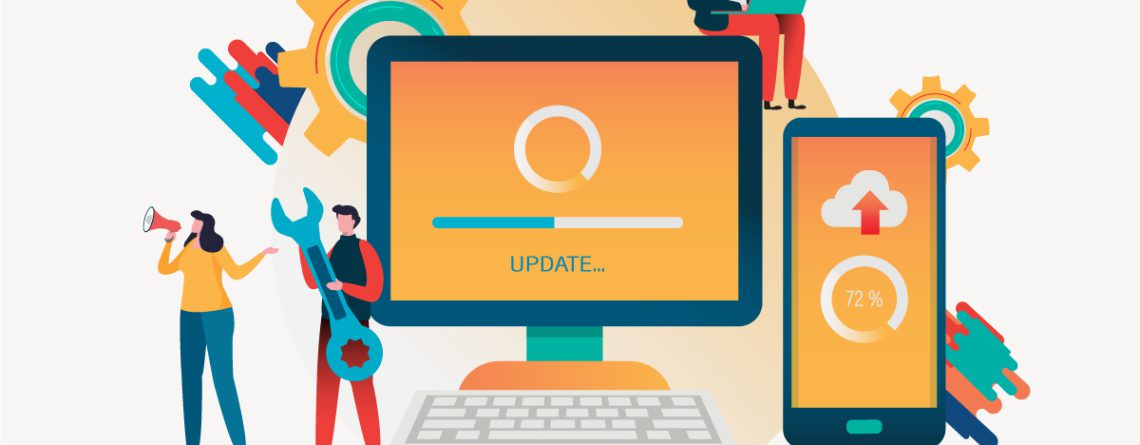
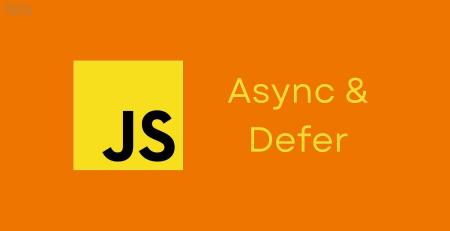
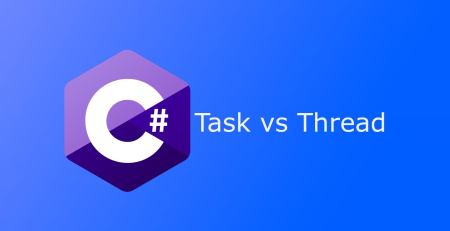

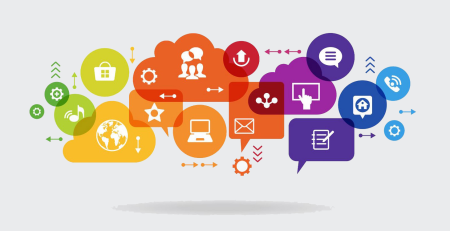
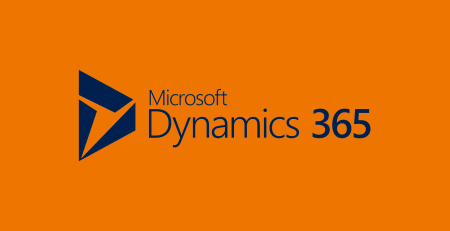
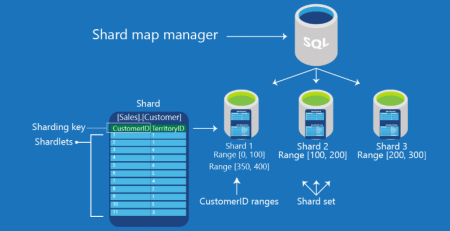



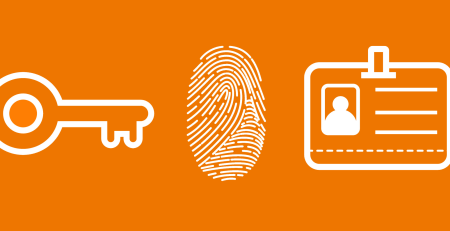
Leave a Reply